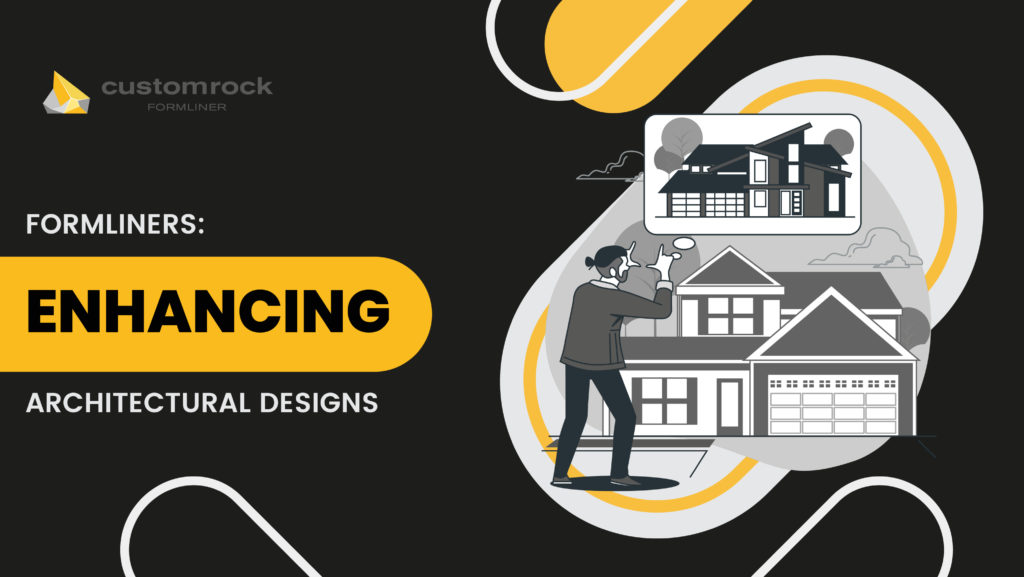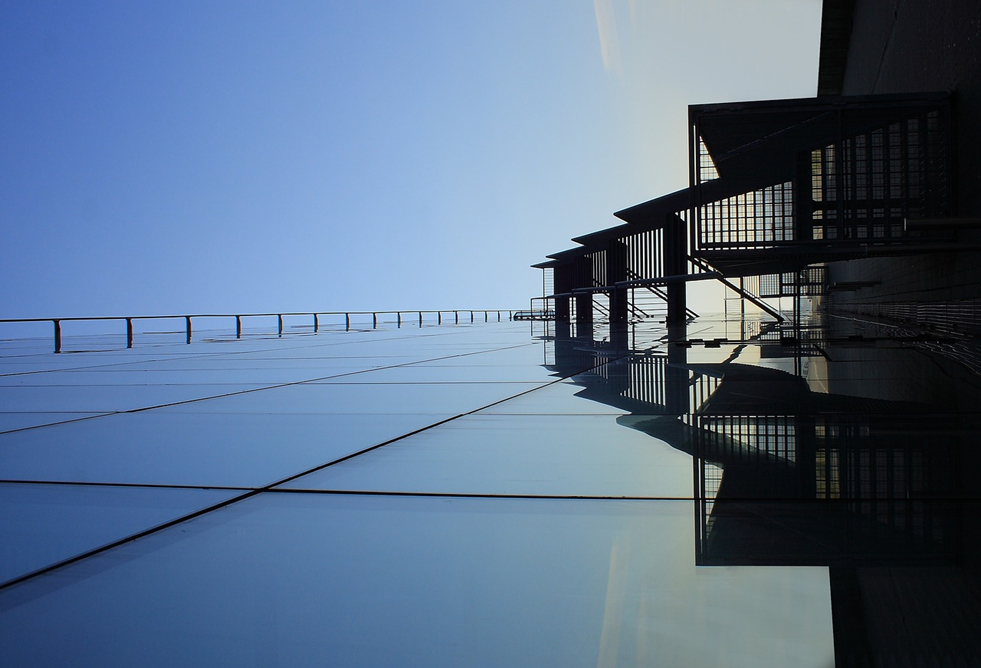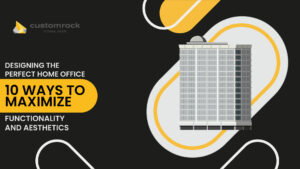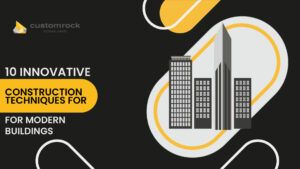TL: DR
Formliners are a useful tool that can significantly improve architectural designs. They are used in concrete structures to make different designs, patterns, and textures on walls, floors, and other structural components.
Formliners can significantly improve architectural designs, helping them to stand out and create a long-lasting impression. They have revolutionized the architectural industry with their ability to create personalized and customized concrete surfaces.
With a wide variety of designs and patterns to choose from, architects can create amazing structures. They can easily customize the buildings according to the client’s preferences and budget.
Formliners have sparked a new wave of creativity and design in the architectural industry; making it easy for architects to transform ordinary structures into captivating works of art.
– Explore formliner pricing and what impacts total cost.
– Learn how to specify formliners correctly for your project.
– Compare single-use vs. multi-use formliners to choose the right fit.
– See DOT formliners designed for transportation and public works projects.
It has now become an indispensable tool for architects since it can significantly impact the overall aesthetics of architectural designs.
7 Ways Formliners Can Enhance Architectural Designs
Formliners can play a crucial role in the overall appeal of concrete buildings. Some of the ways include:
1. Design Versatility
Formliners offer architects a wide range of options to help them create unique and customized appearances for concrete structures. With the help of formliners, architects can now make designs and structures that are not possible to make with other construction materials.
The diversity of formliners allows different designs such as artistic and abstract and can also replicate the look of natural materials such as wood and stone. Such flexibility allows architects to bring their creative visions to life and create captivating architectural designs.
2. Branding and Identity
Formliners can incorporate branding and identity into different architectural designs. Branding and identity are two vital aspects of any business and therefore, they need to express it.
With the help of formliners, architects can now make logos, brand names, and other unique designs that represent the identity of an organization. It ultimately helps companies establish a strong visual identity.
Whenever companies incorporate branding elements into their architecture, it leaves a long-lasting impression on the visitors. They will notice the organization’s unique identity incorporated into the structure, which will create a memorable experience for them.
3. Aesthetic Enhancement
Formliners can have a significant impact on the appearance of any structure. It can add depth, structure, and visual interest to concrete surfaces which helps them stand out from the rest.
With the help of different design elements, architects can now build aesthetic structures instead of monotonous and plain buildings. The new designs can add visual interest and make the structure more memorable and beautiful.
Architects can also create three-dimensional (3D) designs that catch light and create shadow patterns. The result is a pleasing interplay of light and shadows. Formliners versatility enables architects to make amazing designs and create any desired visual effect.
4. Environmental Integration
Formliners can also be used to create architectural designs that harmonize with the environment. These liners can seamlessly blend with the surroundings; giving a sense of connection between the building structure and the natural environment.
For instance, an architect can use a formliner to build a concrete wall that resembles a natural rock formation. The design will seamlessly blend with a mountainous or a coastal environment.
Incorporating formliners is also proven to be sustainable since it reduces the extraction of natural resources such as stone and wood. Moreover, the use of concrete adds to the sustainability factor as it reduces the need for frequent renovations and repairs.
With an amazing tool such as formliner, architects can now create visually aesthetic and sustainable architectural projects.
5. Customization & Personalization
One of the best things about formliners is that they can be customized into different sizes, shapes, and textures. Thus, it equips architects with the ability to do a high level of customization and personalization according to the client’s requirements.
Be it a large-scale corporate project or a small residential project; formliners can fit any desired scale and proportions. Formliners also allow architects to involve their clients in the design process.
By involving clients, architects can make sure that their final design aligns with the client’s preferences and tastes. Ultimately, it engages a sense of ownership and satisfaction for clients as they watch their desired vision come to life.
6. Maintenance and Longevity
Apart from aesthetic qualities, formliners can also enhance the durability and longevity of a project. They act like protective layers that help shield the underlying concrete surfaces from external damage.
Formliners can also be designed with low-maintenance considerations that significantly reduce the need for repairs and cleaning.
Another advantage of using formliners is that they are stain resistant. It means they are less prone to get discolored or stained from common sources such as oil, grease, or other chemicals.
This attribute reduces the need for frequent cleaning and simplifies maintenance efforts. Not only this helps save costs but also preserves its appearance.
7. Flexibility for Design Changes
Formliners also allow architects to modify and adapt changes in the architect as needed. In case there is a requirement for any change in design, it can easily be changed and modified without disrupting the whole project.
It also allows architects to experiment with different textures and designs and then make adjustments according to the feedback. Ultimately, it helps clients reach their desired final results.
Impact of Formliners on the Architect Business
Formliners have also brought numerous positive changes in the construction business. Architects who use formliners now get a competitive advantage in the market. By offering different designs, textures, and customization options, they differentiate themselves from the competitors.
The differentiation leads to the firm attracting more clients who are seeking unique customized designs, ultimately, increasing opportunities and growth.
Formliners can also boost client satisfaction and repeat business rates. When clients are satisfied with the delivered design, they are likely to provide positive referrals. Moreover, it also leads to long-term relationships with the clients since they will always seek an architect who delivers consistently.
By leveraging the power of formliners, many architects have improved their designs, attracted more clients, and established themselves as leaders in the industry.
Formliners act as a powerful tool for architects to create aesthetic and durable buildings. The tool plays a crucial role in the architectural industry due to its versatility and flexibility.








